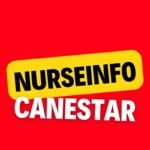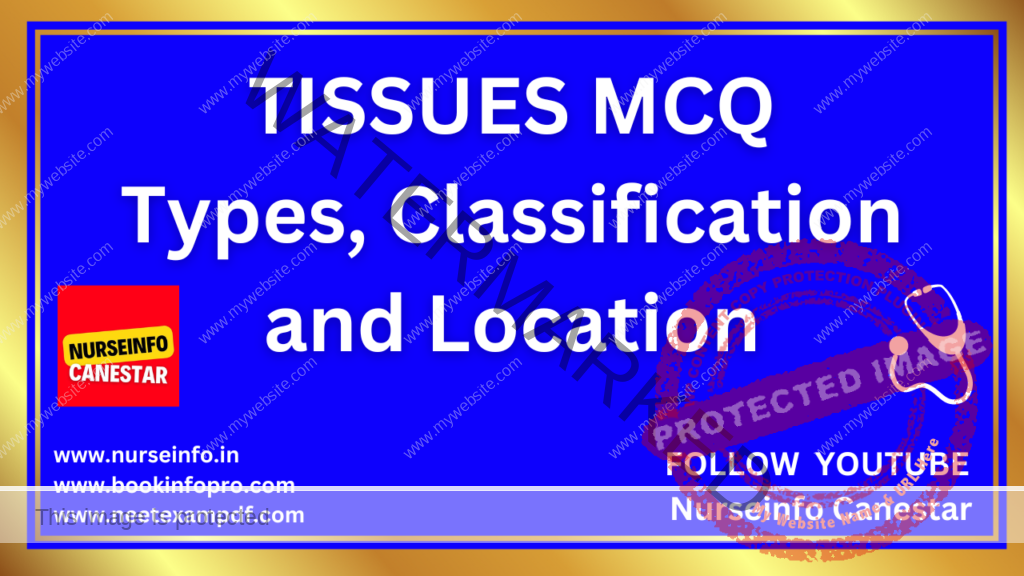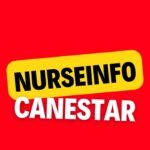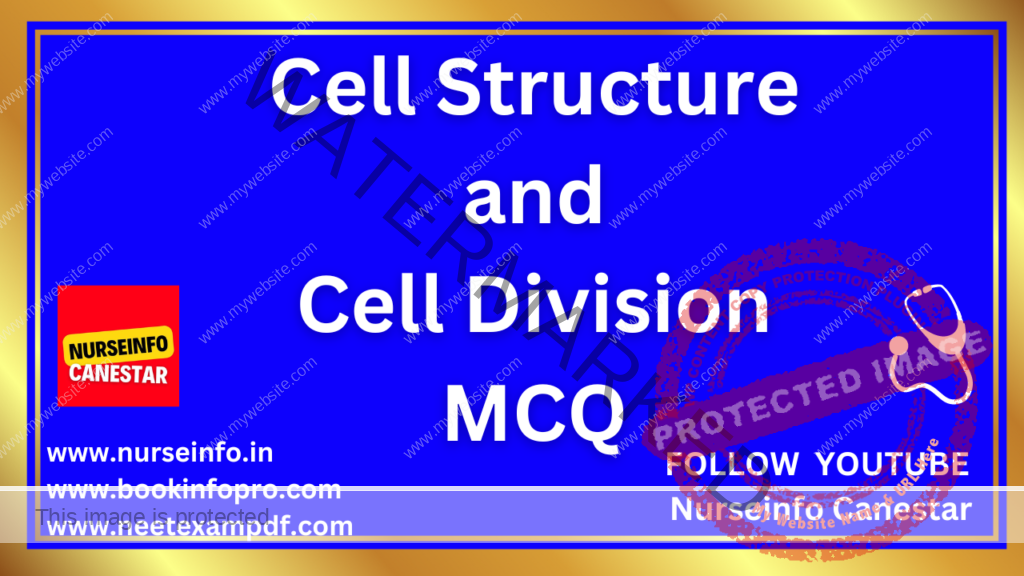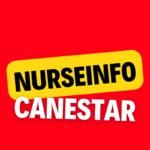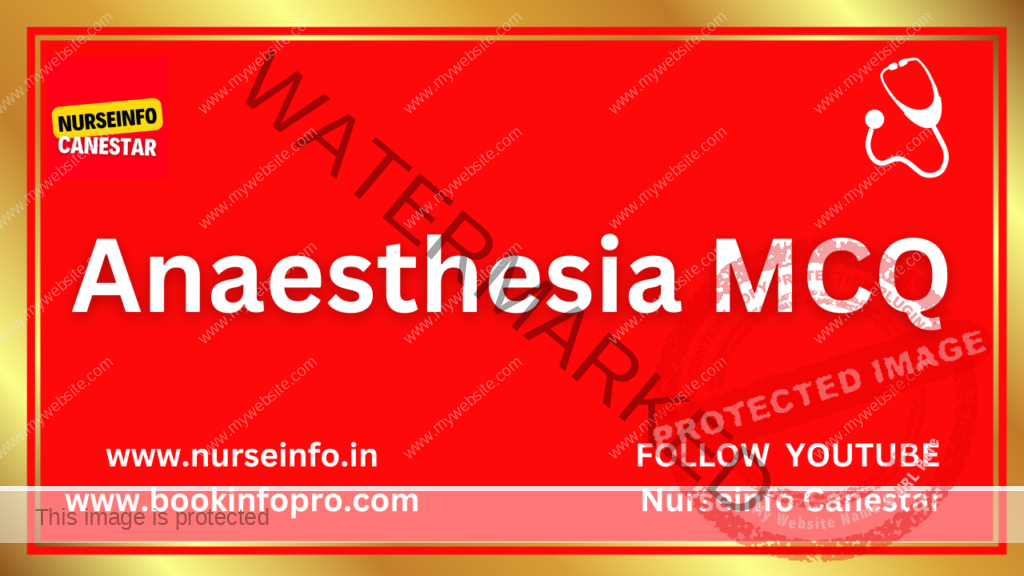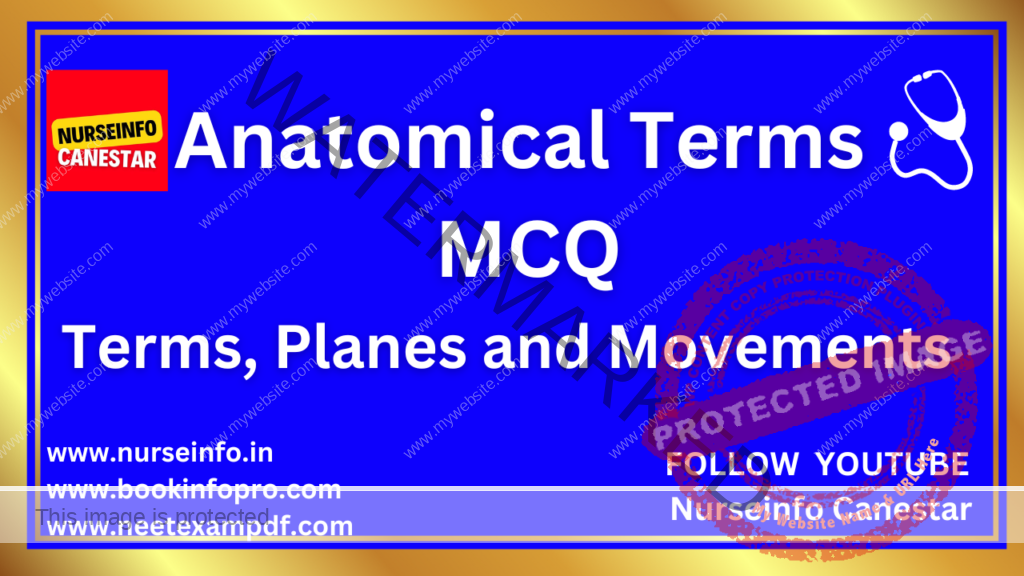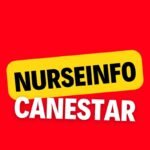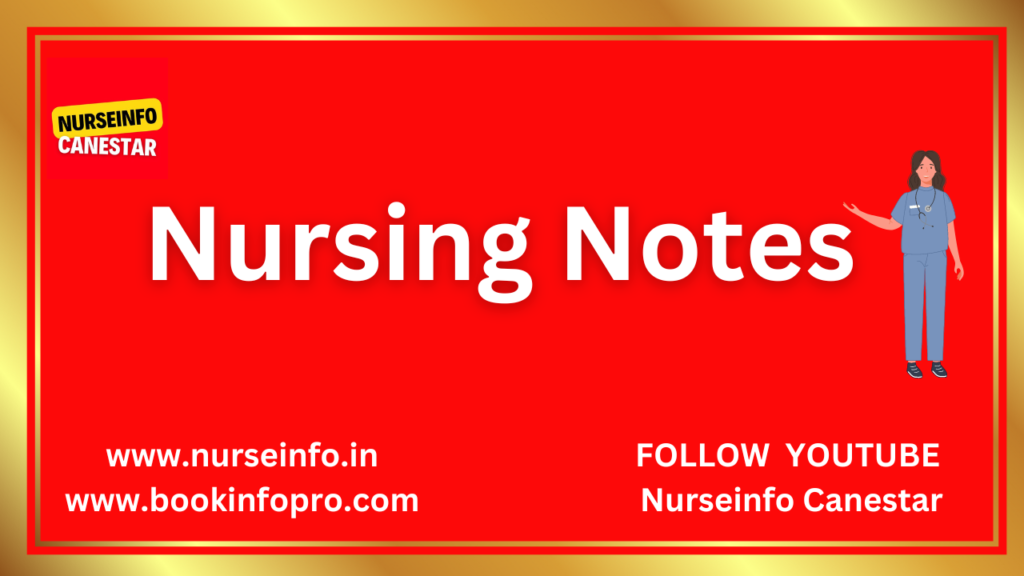MCQ on The Digestive System
Frequently Asked MCQ quiz on the Digestive System – MCQ Quiz for Competitive Exam Preparation – These questions given will be useful for competitive exams preparation. We will be updating more mcq regularly, please follow our website regularly.
What is the primary function of the digestive system?
a) Gas exchange
b) Nutrient absorption
c) Hormone regulation
d) Blood circulation
Answer: b) Nutrient absorption
Which enzyme breaks down proteins in the stomach?
a) Amylase
b) Lipase
c) Pepsin
d) Trypsin
Answer: c) Pepsin
Where does the majority of nutrient absorption occur in the digestive system?
a) Stomach
b) Small intestine
c) Large intestine
d) Esophagus
Answer: b) Small intestine
Which organ produces bile?
a) Liver
b) Gallbladder
c) Pancreas
d) Stomach
Answer: a) Liver
What is the main function of bile in digestion?
a) Emulsify fats
b) Break down carbohydrates
c) Neutralize stomach acid
d) Absorb water
Answer: a) Emulsify fats
Which of the following is not a part of the small intestine?
a) Duodenum
b) Jejunum
c) Colon
d) Ileum
Answer: c) Colon
What is the role of mucus in the digestive system?
a) Break down nutrients
b) Neutralize stomach acid
c) Absorb water
d) Stimulate enzyme production
Answer: b) Neutralize stomach acid
Which enzyme is responsible for breaking down carbohydrates into sugars? a) Lipase b) Pepsin c) Amylase d) Trypsin Answer: c) Amylase
Which of the following organs produces insulin?
a) Liver
b) Gallbladder
c) Pancreas
d) Spleen
Answer: c) Pancreas
What is the main function of the large intestine?
a) Nutrient absorption
b) Water absorption
c) Digestion of proteins
d) Digestion of fats
Answer: b) Water absorption
Which of the following is not a component of gastric juice?
a) Pepsinogen
b) Hydrochloric acid
c) Bile
d) Mucus
Answer: c) Bile
Which hormone stimulates hunger?
a) Insulin
b) Glucagon
c) Ghrelin
d) Leptin
Answer: c) Ghrelin
What is the function of the epiglottis during swallowing?
a) Prevent food from entering the trachea
b) Produce saliva
c) Digest carbohydrates
d) Absorb nutrients
Answer: a) Prevent food from entering the trachea
Which of the following is not a function of the liver?
a) Detoxification
b) Nutrient storage
c) Digestion of fats
d) Bile production
Answer: c) Digestion of fats
Which enzyme is responsible for breaking down fats into fatty acids and glycerol?
a) Lipase
b) Amylase
c) Protease
d) Trypsin
Answer: a) Lipase
Which of the following is a function of the pancreas in digestion?
a) Production of bile
b) Storage of bile
c) Regulation of blood sugar levels
d) Absorption of nutrients
Answer: c) Regulation of blood sugar levels
What is the purpose of peristalsis in the digestive system?
a) Absorb nutrients
b) Break down fats
c) Mix food with digestive enzymes
d) Propel food through the digestive tract
Answer: d) Propel food through the digestive tract
Which of the following is not a part of the alimentary canal?
a) Esophagus
b) Stomach
c) Liver
d) Large intestine
Answer: c) Liver
Which hormone stimulates the secretion of gastric juice in the stomach?
a) Insulin
b) Glucagon
c) Gastrin
d) Ghrelin
Answer: c) Gastrin
Which of the following is a function of the gallbladder?
a) Production of bile
b) Storage of bile
c) Digestion of proteins
d) Absorption of nutrients
Answer: b) Storage of bile
What is the role of villi in the small intestine?
a) Absorb nutrients
b) Produce digestive enzymes
c) Mix food with gastric juice
d) Store bile
Answer: a) Absorb nutrients
Which enzyme converts proteins into amino acids?
a) Amylase
b) Lipase
c) Protease
d) Trypsin
Answer: c) Protease
What is the function of the sphincter muscles in the digestive system?
a) Absorb nutrients
b) Break down carbohydrates
c) Control the flow of food through the digestive tract
d) Produce bile
Answer: c) Control the flow of food through the digestive tract
Which of the following is not a function of saliva?
a) Break down fats
b) Moisturize food
c) Begin the digestion of carbohydrates
d) Kill bacteria
Answer: a) Break down fats
Which organ stores bile produced by the liver?
a) Liver
b) Gallbladder
c) Pancreas
d) Stomach
Answer: b) Gallbladder
What is the function of the pyloric sphincter?
a) Regulate the flow of food from the esophagus to the stomach
b) Regulate the flow of food from the stomach to the small intestine
c) Regulate the flow of bile from the liver to the gallbladder
d) Regulate the flow of urine from the bladder to the urethra
Answer: b) Regulate the flow of food from the stomach to the small intestine
What is the main function of the colon?
a) Absorb nutrients
b) Digest proteins
c) Digest fats
d) Absorb water and salts
Answer: d) Absorb water and salts
Which of the following is not a function of the stomach?
a) Storage of food
b) Digestion of proteins
c) Absorption of nutrients
d) Mixing food with gastric juice
Answer: c) Absorption of nutrients


